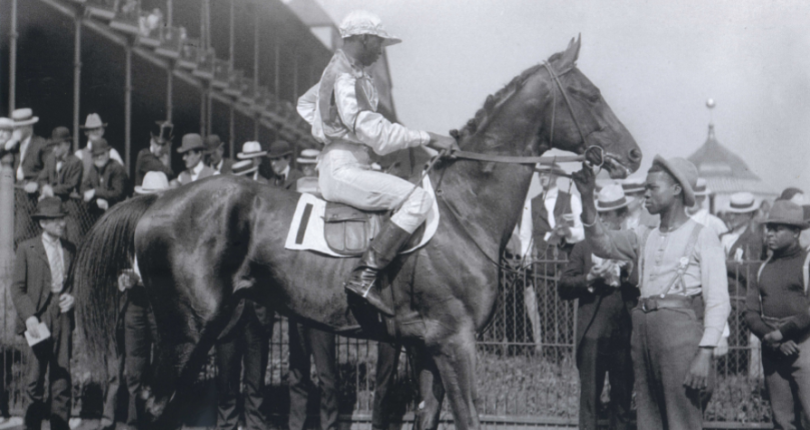
The extraordinary life of Jimmy Winkfield
by NYRA Press Office
In the history of thoroughbred racing, there is arguably no story as fascinating as the life led by Jimmy Winkfield.
Born in Chilesburg, Kentucky, in 1880, Winkfield began riding horses as a young boy and quickly developed into one of the premier jockeys in America. By the time he was 22, Winkfield had become only the second rider to win consecutive editions of the Kentucky Derby — in 1901 with His Eminence and 1902 with Alan-a-Dale — joining the great Isaac Murphy with the historic Derby double.
Regarded as a prodigy in the irons, Winkfield was described by noted horseman Col. Phil Chinn as someone who “just sat up there like a piece of gold” atop a horse.
Winkfield appeared well on his way to stardom. In 1901, he ranked among the top riders in the United States with 161 wins. Along with the Kentucky Derby, his victories that year included such prestigious events as the Clark Handicap, Latonia Derby, and Tennessee Derby. However, only two years after winning his second Derby, Winkfield’s career in the United States was finished. As skilled as he was as a jockey, Jimmy Winkfield could not overcome one thing — he was Black.
Beginning in the late-1890s, rampant racism at the American tracks systemically began to decimate the livelihoods of Black jockeys. Prejudiced owners and trainers and white jockeys who openly used dirty tactics during races proved to be an impossible combination for the Black riders to overcome. By the early 1900s, they had mostly vanished.
Accelerating Winkfield’s departure from American racing was a 1903 incident with the famous trainer John E. Madden. Winkfield agreed to ride a horse for Madden in the celebrated Futurity, a race worth $36,500 to the winner — more than seven times the value of that year’s Kentucky Derby. Winkfield, however, reneged on his promise to Madden. Instead of riding The Minute Man for Madden, Winkfield accepted a guaranteed $3,000 to pilot High Ball for Bob May.
Unfortunately for Winkfield, High Ball broke poorly and finished sixth. The Minute Man fared a bit better, finishing third, but Madden was furious with the result — and with Winkfield. Along with being an elite trainer, Madden was also a powerful owner and breeder who had tremendous influence throughout the sport. In retaliation for Winkfield not riding his horse in the Futurity, Madden blackballed the young jockey with as many prominent owners as he could. The result was Winkfield’s mounts dropping from 391 in 1902 to 223 in 1903.
With his prospects having dwindled in the United States, Winkfield packed his bags and ventured to Europe, where he rode at an elite level in Austria, France, Germany, Italy, Poland, Russia, and Spain. The American outcast suddenly found himself in demand to ride for a German baron, a Polish prince, and a Russian czar, among numerous high-profile horse owners.
Winkfield proved his American success was no fluke. Although records are incomplete for his career, it is reported by various sources that Winkfield won in the neighborhood of 2,500 races internationally, including documented victories in the Russian Oaks (five times), Russian Derby (three times), Moscow Derby (twice), and Polish Derby (twice).
Along with his accomplishments, Winkfield faced difficult and dangerous situations overseas. During World War I, while he was earning more than $100,000 per year in the saddle, Winkfield was forced to escape Russia when the Bolshevik Revolution led to an armed insurrection and precipitated a Russian Civil War.
After an arduous journey on foot and horseback through Eastern Europe, Winkfield eventually settled in France, where he continued to ride at an exceptional level. His notable victories there included the Prix du President de la Republique, Grand Prix de Deauville, and the Prix Eugene Adam. He rode until the age of 48 and was revered throughout Europe. While in France, Winkfield married the daughter of a Russian aristocrat and had a son, Robert, and a daughter, Lillian.
After retiring from the saddle, Winkfield transitioned to training. He lived on a farm near the Hippodrome de Maisons-Laffitte racetrack on the outskirts of Paris, where his life was settled and successful for many years until World War II. When Germany occupied France during the war, Winkfield and his family fled the Nazi invasion and returned to America in 1941.
Back in the United States, Winkfield continued to train. He owned several of the horses he sent out at tracks in Delaware, Ohio, and West Virginia. He also trained for prominent owner Pete Bostwick, a former top steeplechase rider. At Charles Town, Winkfield gave a leg up on a few mounts to a young apprentice rider named Bill Hartack, who went on to win five runnings of the Kentucky Derby.
Winkfield didn’t have the same success training in America that he did in France, so he returned to Maisons-Laffitte in 1953. Within a couple years, Winkfield, now training with his son alongside him, had 36 horses in his stable.
Winkfield continued to sporadically visit the United States.
In 1961, he returned to Kentucky to be recognized during a reception at the Brown Hotel in Louisville the week of the Derby. Although he was an honored guest of the turf writers, Winkfield was told he was not allowed to enter the hotel through the front door because he was Black. Some things hadn’t changed. Refusing to use a back entrance, the 79-year-old Winkfield was eventually allowed through the front door of the hotel when accompanied by officials from Churchill Downs. Winkfield stayed on to attend Carry Back’s victory in the Derby then returned to France. He died at Maisons-Laffitte in 1974 at the age of 91.
More than 70 years had passed since Winkfield rode consecutive winners of the Kentucky Derby when Ron Turcotte became the next to accomplish the feat with Riva Ridge in 1972 and Secretariat in 1973. Eddie Delahoussaye, Calvin Borel, and Victor Espinoza later joined the exclusive club of back-to-back Derby winners, originally established by Murphy in 1890 and 1891. Winkfield is the most recent Black jockey to win the Derby and the only one to do so in the 20th century.
In 2004, Winkfield became the third Black jockey inducted into the Hall of Fame, joining Murphy (class of 1955) and Willie Simms (1977). The following year, the New York Racing Association, Inc. inaugurated the Jimmy Winkfield Stakes, which will be featured on Saturday’s 10-race card at Aqueduct Racetrack. Two other Black riders — Shelby “Pike” Barnes (2011) and Anthony Hamilton (2012) — have since been enshrined in the Hall of Fame.
Brien Bouyea is the Hall of Fame and Communications Director at the National Museum of Racing and Hall of Fame in Saratoga Springs, New York. He is also the author of Bare Knuckles and Saratoga Racing: The Remarkable Life of John Morrissey and co-author of The Travers: 150 Years of Saratoga’s Greatest Race.


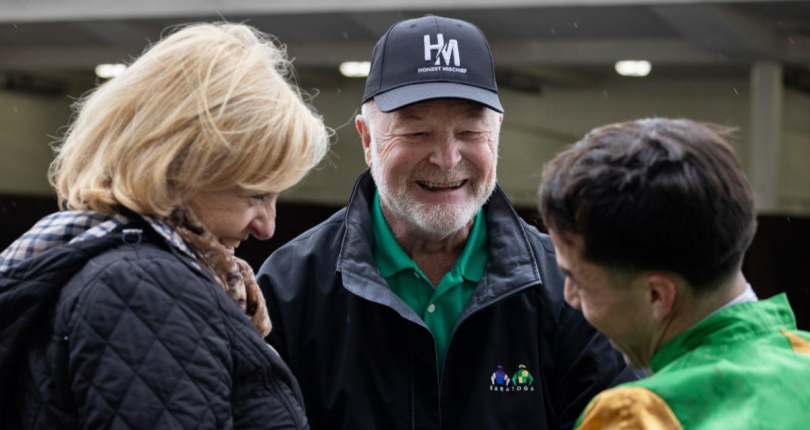
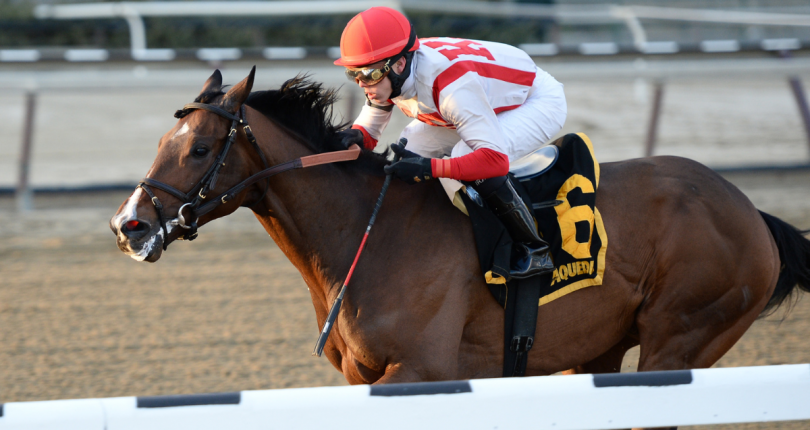
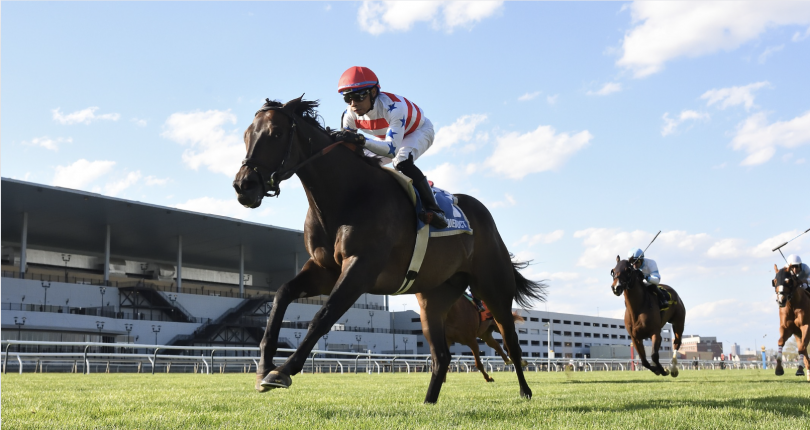
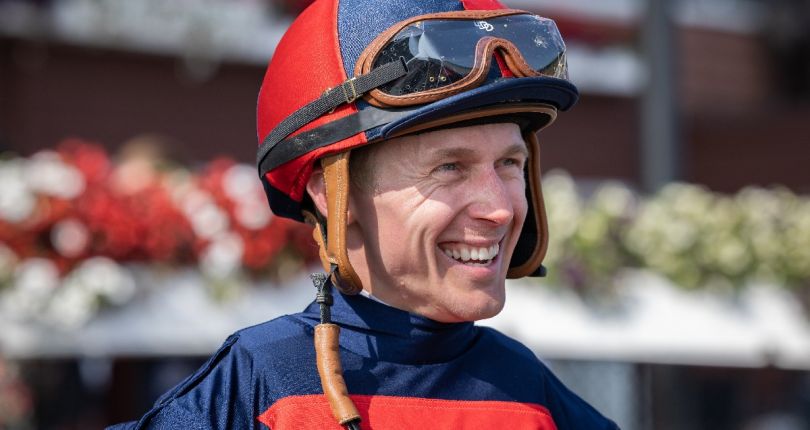


 Gambling Problems? The New York Racing Association encourages responsible wagering. If gambling is a problem for you or someone you care about, help is available 24 hours a day. Scan here to talk with someone now about your gambling. Or call toll-free 1-877-8-HOPE-NY.
Gambling Problems? The New York Racing Association encourages responsible wagering. If gambling is a problem for you or someone you care about, help is available 24 hours a day. Scan here to talk with someone now about your gambling. Or call toll-free 1-877-8-HOPE-NY.